The 27th edition of Miart, Milan’s international modern and contemporary art fair, which this year was held from April 14 to 16 as usual at Fiera Milano, ended on Sunday. The theme of the 2023 edition was Crescendo, a term that in musical language indicates the gradual increase in intensity of sound: it was chosen to emphasize the progressive growth in participation and audience and the desire to continue on this trajectory beyond 2023 (the dates of the next edition have already been announced: the date is April 12-14, 2024). The fair has recorded confirmations, including sales, increased attendance of national and international collectors in addition to journalists and sector operators, and great turnout of the public and enthusiasts, and then again directors of Italian and foreign museums, foundations, curators, art consultants. In short, Miart attracts as it does every year the entire contemporary art public.
However, the ultimate goal of a fair is always to sell. How did it go then, beyond the press releases and hot notes? The comments of the gallerists we reached to do a post-fair survey (more than twenty, including Italian and international galleries) indeed confirm the positive feelings, which were valid for almost all the galleries we heard from.
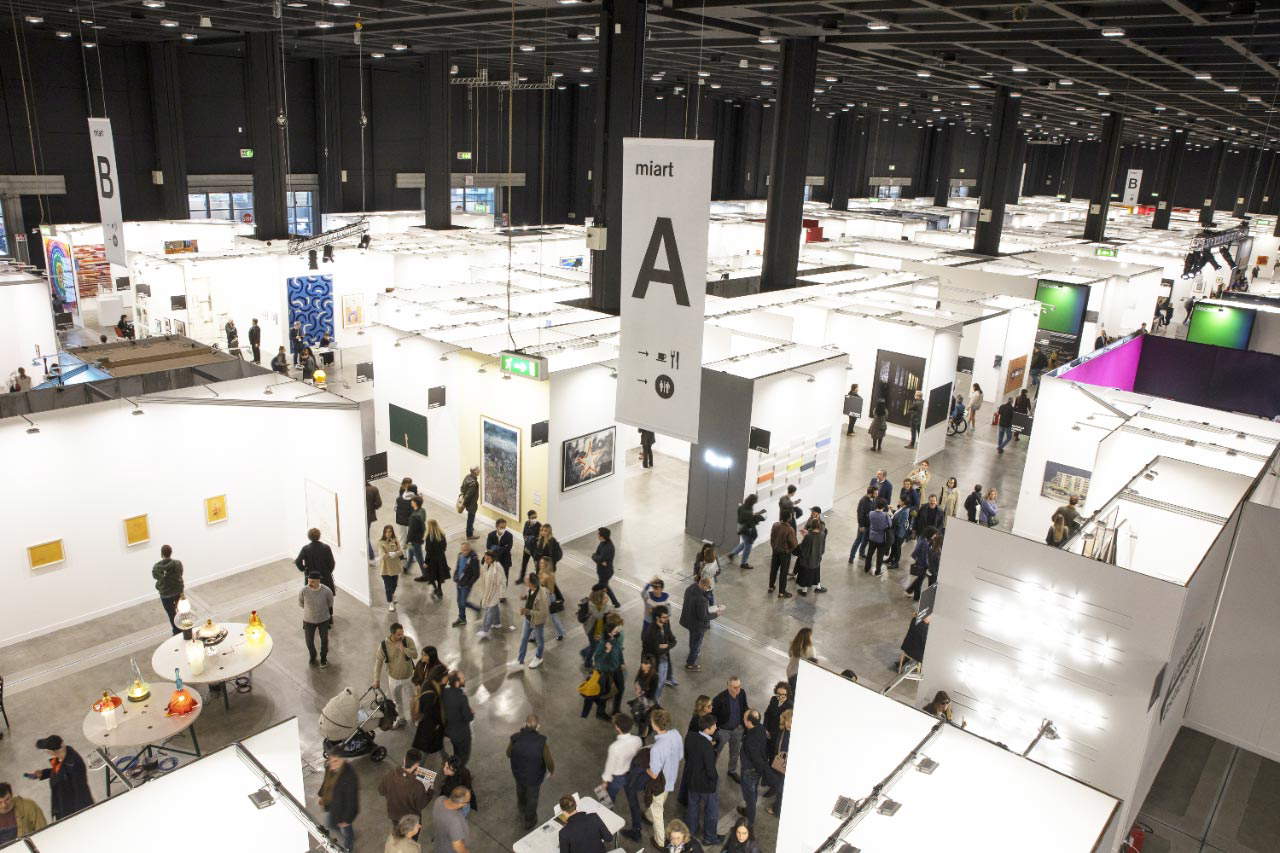 Miart
Miart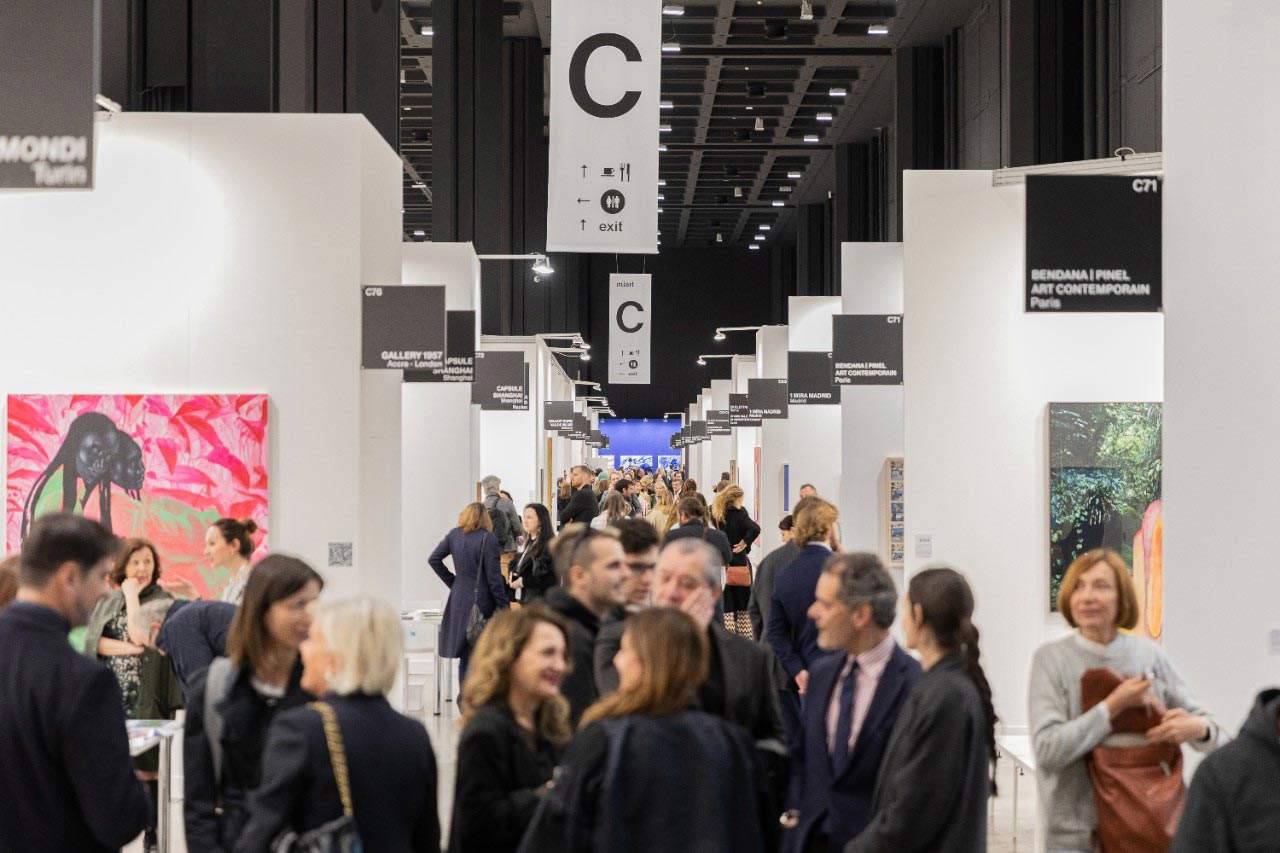
Among the most satisfied is Mazzoleni (Turin), according to whom “Miart confirms itself as an unmissable appointment for collectors and art lovers, in Italy and not only because the fair has greatly expanded with a range of international galleries and proposals. This new edition of the fair started immediately with great effervescence: a public present, interested and ready to discover new research and artistic practices.” For Cardelli & Fontana (Sarzana), that of 2023 was “a good edition: after a few years we returned to combine a modern proposal with a contemporary one, registering the usual attention for our geometric abstractionism proposals, even if slightly less than last edition, and great success for the contemporary.” ABC Art (Genoa) also comments for Finestre Sull’Arte on Miart 2023’s proposal: “We believe that this edition of the Fair held a good level, selecting excellent galleries. We also believe that the public has been numerous and quite interested. We are happy and hope to be able to continue with exhibition projects related to the city of Milan, which has recently hosted our second location in Piazza Sant’Eustorgio.” Great feedback also for Galleria Umberto Benappi (Turin): “The fair was definitely interesting from the point of view of visits, contacts and appointments made. We had the opportunity to meet new collectors, artists and colleagues.” An Italian gallery who asks us to remain anonymous confirms that “it was a special edition, we achieved the media and economic success we hoped for. Mostly erudite visitors and collectors.” On the other hand, another Italian gallery, who wants to comment while remaining anonymous, thinks in a diametrically opposite way: “The fair itself does not have a distinct and original character, it mimics Art Basel a bit, without being so especially with respect to the quality of the pieces of some of the big galleries, international.” Half-satisfied A Arte Invernizzi (Milan): “We had a very good response from the public, even if we missed the foreign collectors we usually meet at the fair.”
“When the fair is over,” Maria Tiziana Sprenger of Osart Gallery (Milan), on the other hand, tells us, “we can say that the balance for our gallery was positive. We had an excellent feedback, both from a cultural and a commercial point of view, from a competent public.” She is echoed by Umberto Di Marino (Naples), “We can definitely feel satisfied with how the fair went. A lot of interest and excellent feedback for our project proposal.” Excellent results also for Federica Schiavo (Rome): “The fair went very well for us both in terms of sales and general interest. We presented the unpublished works of an important artist, Patrick Tuttofuoco, together with those of a very young and emerging artist like Stefania Carlotti. The range then was from 2,800 and 18,000, and for both of them we gathered very good feedback.” For Thomas Brambilla (Bergamo), the fair “started a little slowly on the Thursday of the opening but then it was a crescendo in the following days, with sales even on Sunday in the late afternoon.” According to Peola Simondi (Turin), “The fair was a very positive moment, we met a new and international audience.” Positive comments also came from Alessia Calarota of Major G.A.M. (Bologna): “We are very happy with this edition of MiArt and with the work of Nicola Ricciardi, who animated with great intelligence and ability not only the cultural program around the fair but also allowed the participation of some foreign collectors, including Americans, whom we did not expect to meet. Perhaps we were also rewarded by the choice of proposing for our stand, a very classic selection of authors (from Morandi to Carrà, from De Chirico to Severini) next to more contemporary names (Calzolari and Biasi, but also Claudine Drai, Wim Wenders and Sissi) studying a super contemporary very airy, very minimalist set-up, without partition walls, without carpeting, almost as if we were a ’white cube’. In fact, our goal is to make the historical more appealing, even to an audience that usually goes to other types of markets or simply to other historical periods.”
Even among the international galleries we heard, the comments are positive. The fair, they let us know from Cadogan (London), “was really impressive. We felt it was spacious and well thought out. The caliber of international galleries at this year’s edition was particularly impressive. The response to our booth was very positive. We had a lot of positive feedback. The vast majority of collectors on the opening day seemed to be Italian, but there were also a good amount of other European collectors and some Asian ones. Overall we had a very good impression of the fair.” Kendall Koppe ’s (Glasgow) feelings were also good: “We were excited to do Miart to connect with local collectors while contextualizing Miguel Cárdenas’ work in the rich heritage or art, design and architecture of the city. With this in mind Miart met our expectations and made us achieve these goals in an excellent way.” Positive comments also came from two other international galleries that preferred anonymity: “We are very satisfied,” the first one tells us, “and we met many Italian collectors that we had not seen in a long time,” while for the second one “Miart went well and we were very happy to have participated in the fair.”
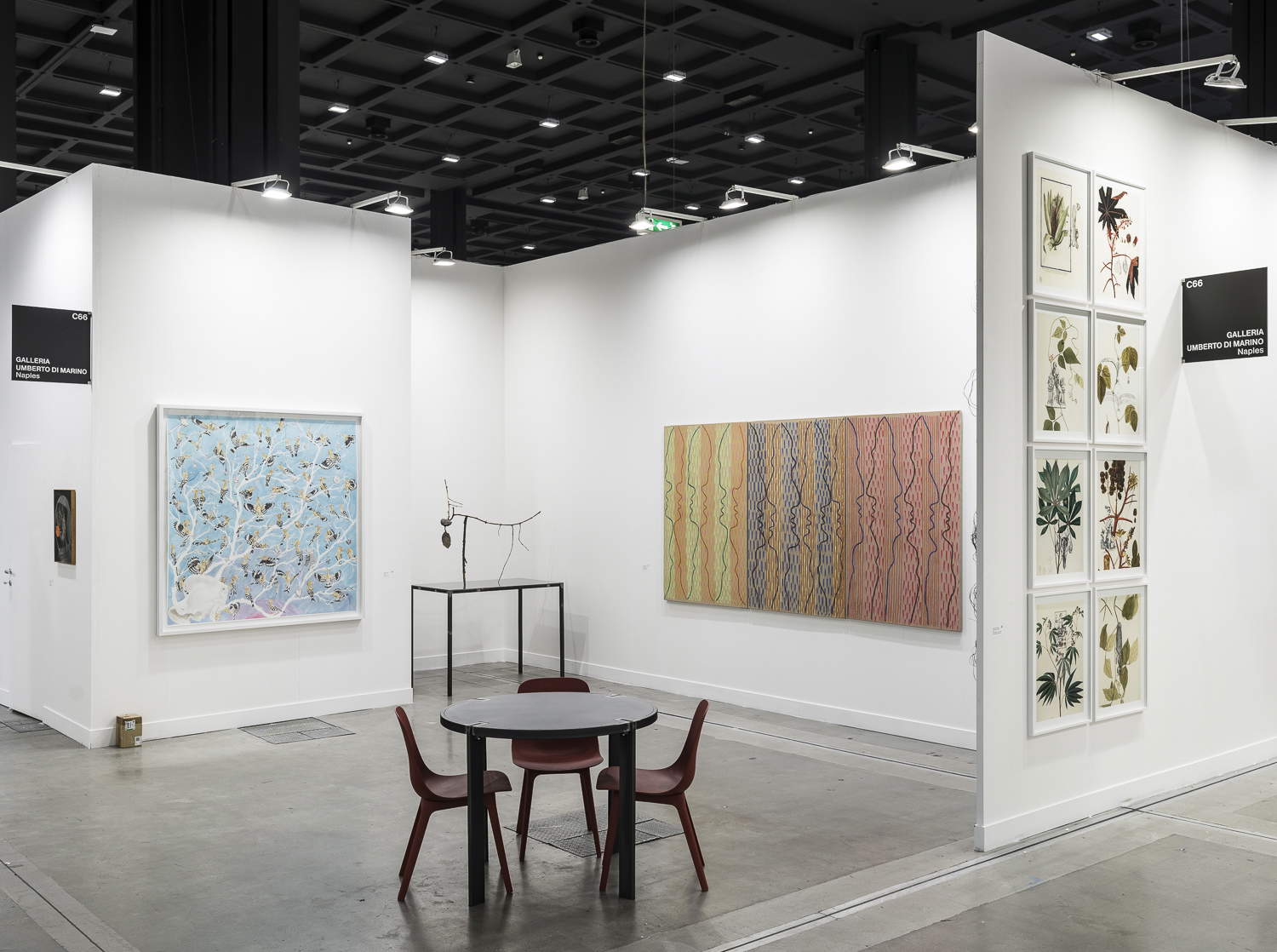
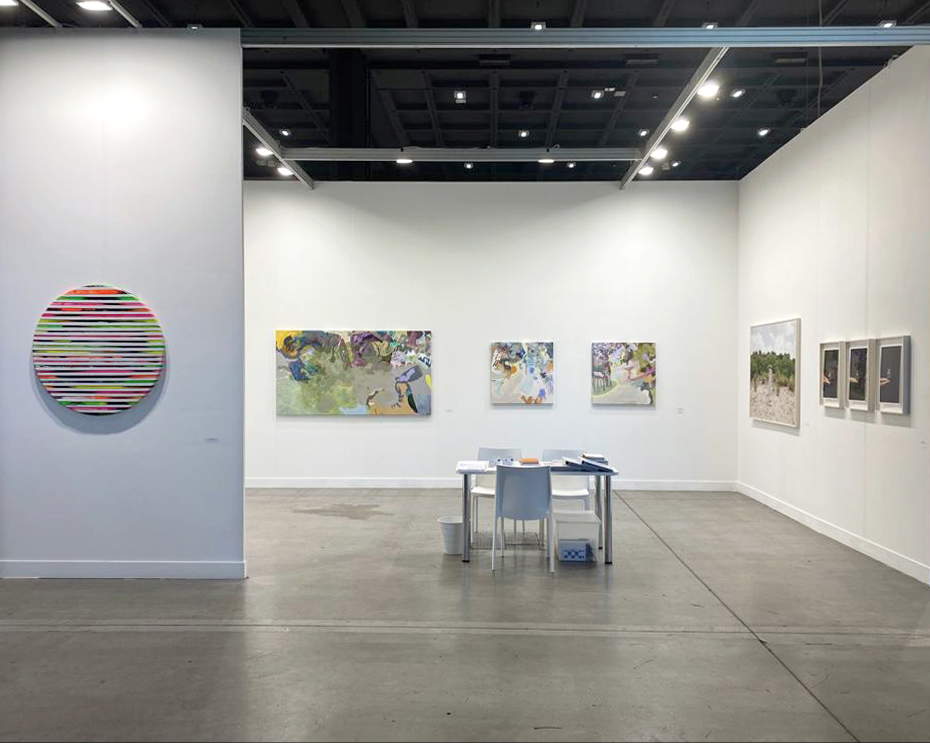

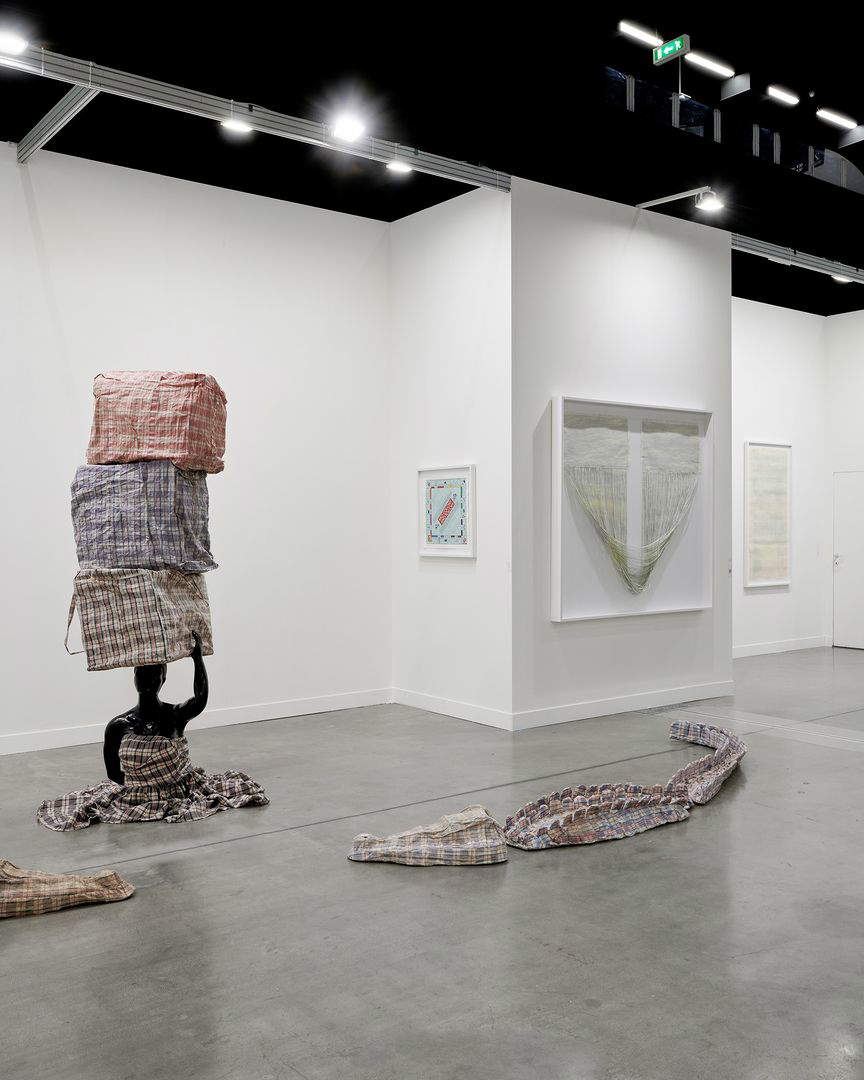
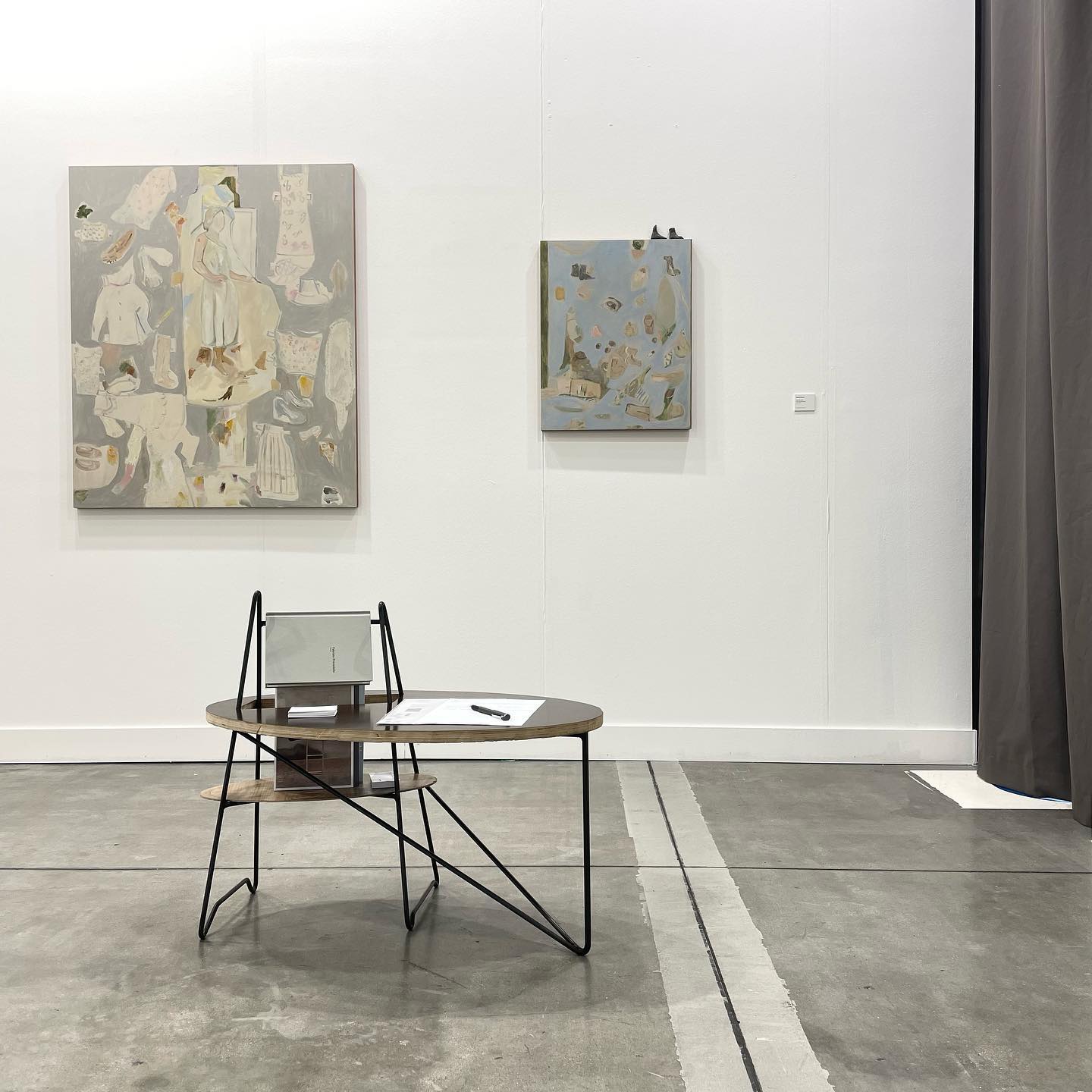
Among the most debated topics during and after the fair was Miart’s proximity to Salone del Mobile and Design Week. Is it good or bad for sales? Judging from the comments, it seems to have been an opportunity rather than a disadvantage: organizing Miart the week before the Salone del Mobile meant a lot of extra work for many, and according to some it risks taking attention away from art, but this overlap could actually be a great ploy to draw an interested clientele. For Osart, “Miart’s proximity to Design Week and Salone del Mobile has been very useful in that it has meant that an international and art-interested audience is present in the city, thus allowing the fair, especially during the weekend, to diversify its catchment area.” Similar considerations for Francesca Minini: “The proximity with Design Week is certainly interesting, the turnout especially on the weekend was great. Although the audience of design week is a bit different from that of miart we had visitors related to the design world. Having participated in various set-ups for Salone and Fuori Salone it was definitely demanding in terms of energy to manage both events but we are happy with the end result.” Proximity to Design Week also promoted by A Arte Invernizzi: “I believe that the proximity to Design Week was positive in that it also involved an audience that is not specific to art, but allows people to approach it.” According to ABC Art, “as far as a general public-especially foreign ones-are concerned, we believe that the proximity to Design Week may have been a plus point, as they had the chance to stay/anticipate the Milan stay and take the opportunity to attend both Weeks. However, this, in our opinion, did not affect the participation or non-participation of assiduous collectors and actual buyers.” Alessia Calarota of Major G.A.M. was also positive: “I find it a smart choice to give precedence to the Salone given the large draw of foreign visitors to the city.” For Ncontemporary (Milan), the proximity made it possible to meet “many collectors and enthusiasts from all over the world.”
Umberto Benappi believes that “as far as proximity to other events is concerned, it might make sense to put the various events on the calendar in the same week, as happens in other cities, to allow a greater flow of visitors.” Proximity entails lights and shadows for Federica Schiavo: “Design Week this year was not only close but practically overlapped with MiArt with greater involvement of artists’ interventions in the design/architecture proposals. It is a very good strategy but for now, unfortunately, it highlights the weakness of the city’s art system (public and private institutions) compared to how much the city (including politics) invests and succeeds in systemizing in the case of Design. Unfortunately.” Suspended judgment for Cardelli & Fontana (“We do not know how much the proximity of the Salone del Mobile can affect the performance of the fair, as well as the Easter vacations, April 25, etc.... What we can’t help but notice is a lack of synergy between the city and the fair, from Milan we would expect much more attention to the event.”), while for Thomas Brambilla whether Miart is close to Salone del Mobile or not doesn’t matter: “I don’t think the proximity of Design Week and Salone del Mobile is a problem or an advantage, as in our opinion, the audience is very different.”
Several international galleries we heard from also welcomed the proximity of the events. “We think the proximity to the Salone can only be a good thing. It brings so many good audiences to Milan,” Cadogan tells us. Another international gallery, who prefers anonymity, tells us that “the proximity to the Salone is helpful, because several people for design week were already in town from the week before, creating a good movement.” Two other galleries that chose to remain anonymous commented: for the first, “it is a good thing to have the proximity of important events at the same time and in the same city,” while the second merely said that the Salone del Mobile “did not have a strong impact.” Kendall Koppe, on the other hand, finds it difficult to answer because “none of the connections we have made at Miart are due to the proximity to Salone or Design Week. I think stronger connections could be helpful but it’s still hard to judge.” In short, the Scottish gallery’s hope is for a closer dialogue between the two.
There is no shortage of critical voices, however, that the proximity to Design Week might not be so beneficial. “The proximity to Milan Design Week, and to the Salone del Mobile,” comments Umberto Di Marino, “has certainly brought a high amount of visitors already in the city. However, this has produced results that are not always useful and satisfactory for several reasons, including certainly the overload of visitors present at the fair, many of whom are not really interested in the world of art and galleries, but purely attracted by the event and the ’city of Milan’ brand. In addition, the amount of people already in the area has produced extreme difficulty in finding decent housing at humane numbers. This can produce, and we believe has produced, as a result, a reluctance on the part of those who would instead have really enjoyed visiting MiArt but were not interested in Design Week and consequently unwilling to ’endure’ the overload that occurred.” Similar reservations also came from Giampaolo Abbondio (Milan-Todi): “I said right away that bringing MiArt to dates contiguous to the Salone was counterproductive, it takes away focus from art that does not have the economic power in communication of the design industry, in addition to burdening those coming from outside with extra costs, since hotel hospitality triples prices for the occasion.” Peola Simondi believes that “the proximity of these events is not so advantageous for miart, it would be preferable to have a greater time space between the three events.”
Dry rejection, on the other hand, comes from two Italian galleries that wish to remain anonymous: for the first, “Very bad proximity to a world-renowned event that has the entire city as its stage and attracts insiders from all over the world, perhaps the most attended and international event we have in Italy after the Biennale. The calendar should be rethought, although it may not be possible given the immense number of fairs.” For the second, the proximity is “disadvantageous because of the excess of events that dilutes instead of enhances.” Finally, according to another anonymous gallery, “the proximity of miart and MilanArt Week to Design Week and Salone del Mobile in any case increases the flow of people and therefore gives greater visibility to the gallery, in the city. As for collectors, on the other hand, who are often also connected to the Salone and thus focused on preparing for the event, they have no opportunity to devote their time to the miart fair. Perhaps it would be useful to distance the events.”
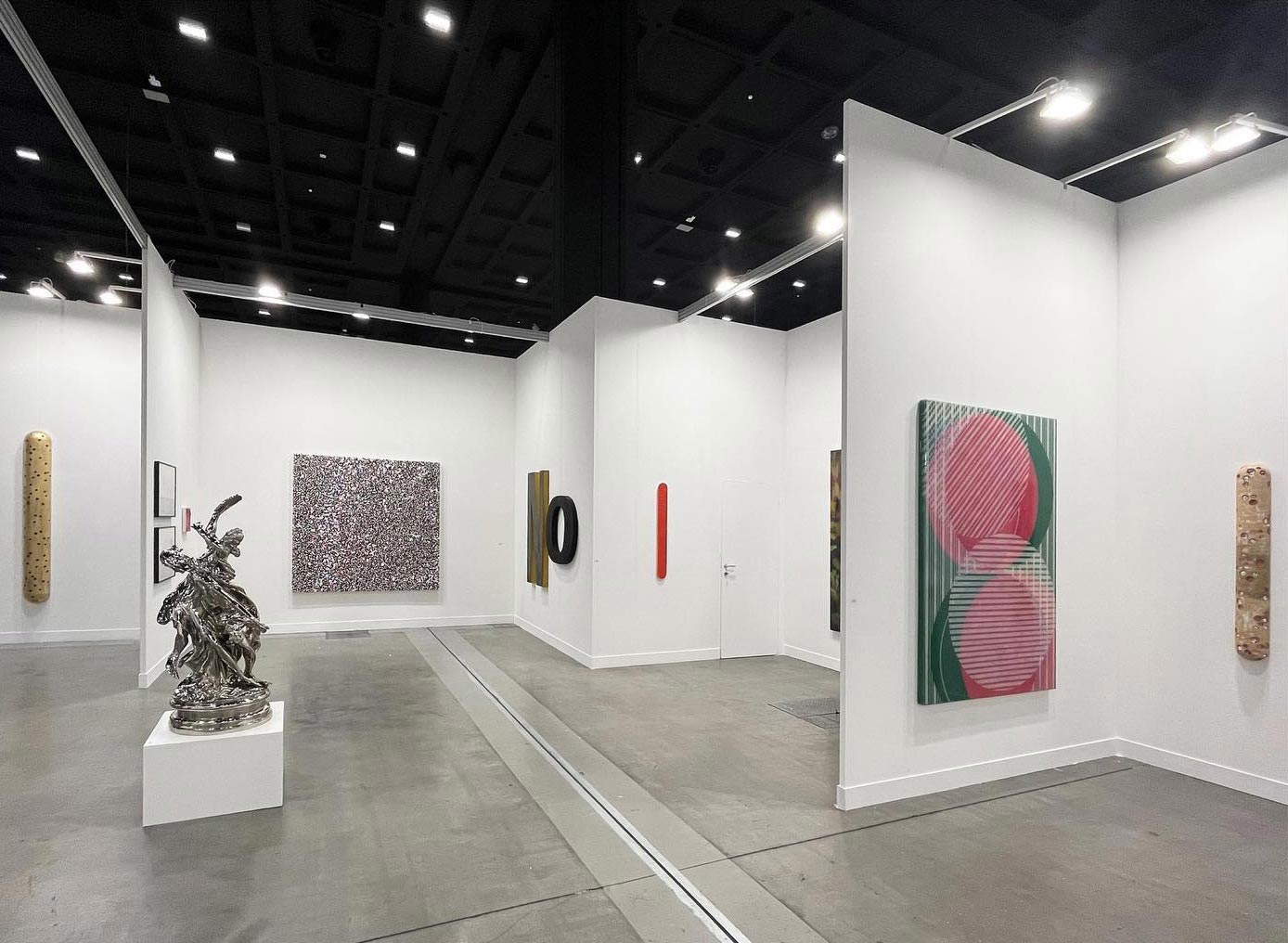
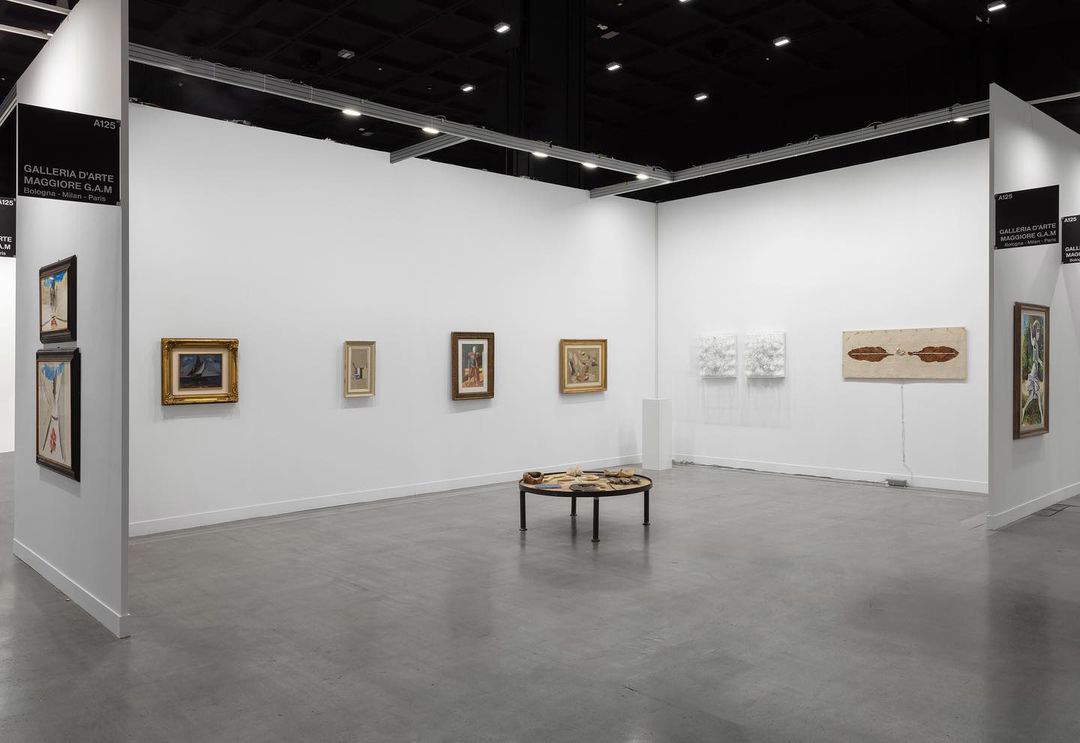


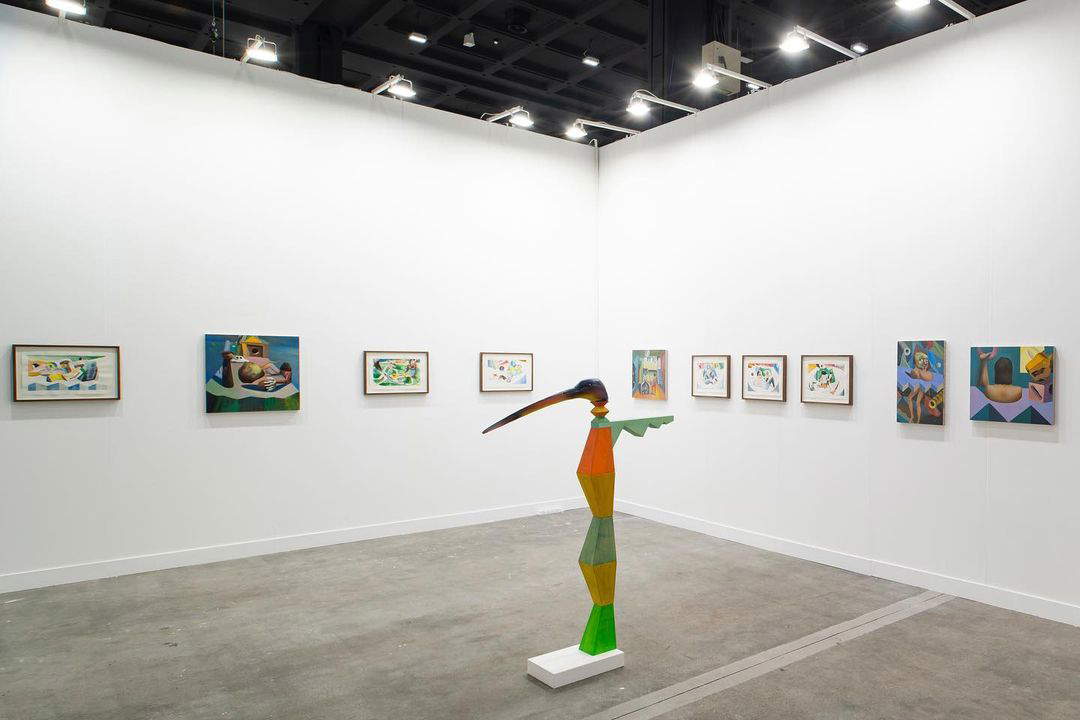
The 2023 edition of Miart was also good for sales. “We are very happy,” Thomas Brambilla tells us, “because we sold several artists from our gallery; from John Giorno to Simon Linke, from Erik Saglia to Marco Cingolani to John Torreano and Maggi Hambling. So we are very satisfied with the fair and how the Italian fairs are progressing.” At Mazzoleni’s booth, “numerous sales, including two historical works by Giuseppe Capogrossi and Carla Accardi and some works by contemporaries Andrea Francolino, Rebecca Moccia and Marinella Senatore. The latter is present with neon, paintings, collages from her most recent production and a light sculpture that echoes on a smaller scale the forms of the one that has been on display at Galleria Cracco, inside the Galleria Vittorio Emanuele II, for the past week. Great interest, finally, for a burnt wood by Nunzio displayed next to a small theater by Lucio Fontana.” Major G.A.M . there reports selling “a Natura Morta by Giorgio Morandi, De Chirico and Claudine Drai.” “During the first day, which was dedicated to collectors,” ABC Art tells us, "we sold several works: Table of Signs by Arnaldo Pomodoro, two small-format works by Jerry Zeniuk, and a third larger-format work, House of the Angel by Nanni Valentini. Many negotiations opened during the following days, which saw more sales materialize on Jerry Zeniuk and Nanni Valentini. We are in dialogue with an important collector for the work Continuum X by Armando Pomodoro from 2010 (80x198x35cm) on our booth . We can feel satisfied, as three collectors were new contacts from the Fair." Osart Gallery comments thus, “During this edition of Miart we presented a solo-show dedicated to African artist Dan Halter and made several sales. So we can consider ourselves satisfied also from an economic point of view.” Positive comments from Umberto Di Marino: “We sold works by Carlos Amorales, Eugenio Tibaldi, Peter Böhnisch, Sergio Vega, Francesco Jodice and Pedro Neves Marques, with price ranges from 6,000 to 20,000 euros. We can consider ourselves quite satisfied.” Francesca Minini sold works by young artists but also works by the great masters: “We are satisfied with the results achieved despite the fact that there is a difference compared to the fair in the pre covid period.” Positive results also for Cardelli & Fontana: “We sold works by both of our contemporary artists on display, Beatrice Meoni and Fabrizio Prevedello. Of Prevedello we report sales to two foreign collectors. For the modern sector, Atanasio Soldati, Mauro Reggiani, Mario Radice and Carla Badiali did well.”
Instead, here are the results of Ncontemporary: “We offered works by three emerging artists: Ruth Beraha, Ruben Brulat and Alix Mari. We sold works by all three artists with a special focus on the new works presented by Italian artist Ruth Beraha whose two pieces we sold to Italian collectors.” During Miart, Umberto Benappi tells us instead, “2 works were sold, and we have some open negotiations. However, we noticed a ’reflexive’ public that was not very inclined to buy.” From Peola Simondi they consider themselves “quite satisfied with the economic results of the fair. The works of the artists represented and exhibited in the booth were highly appreciated. In particular Chiara Baima Poma, Paolo Bini, Fatma Bucak, Emily Jacir and Victoria Stoian.” Two of the galleries that chose anonymity also report good results, “We sold mostly medium-sized sculptures. This is a good result, given the gallery’s choice to present only young international artists,” says the first. The second comments, “We are satisfied with the results in terms of economics, we sold some drawings and sculptures.”
Almost all of the foreign galleries were satisfied. For Cadogan, “the fair was a success. We sold four large paintings to Italian, German and French collectors, and one small piece to an American collector, online, with prices between 7,500 and 25,000 euros.” Kendal Koppe tells us she “sold works by Miguel Cárdenas to private Italian and Swiss collections,” with prices between 3,500 and 10,000 euros. Two anonymous galleries, finally: one commenting positively, one less so. The first tells us, “We are satisfied. The works sold went to important Italian collections.” While for the second, “in economic terms and in terms of sales, things could have been better. This is our first participation in the fair but we want to expand our presence in Milan and Italy.”
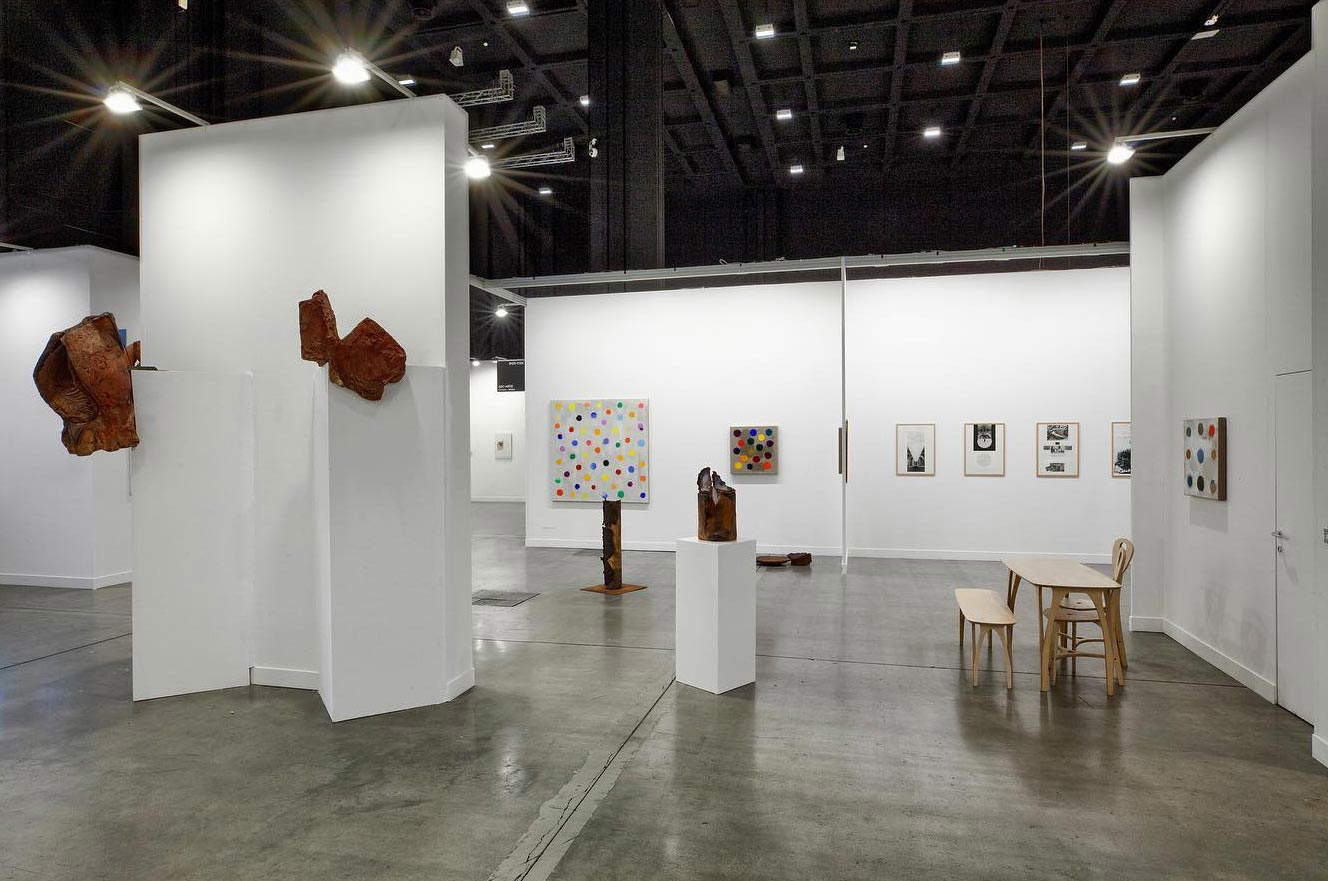
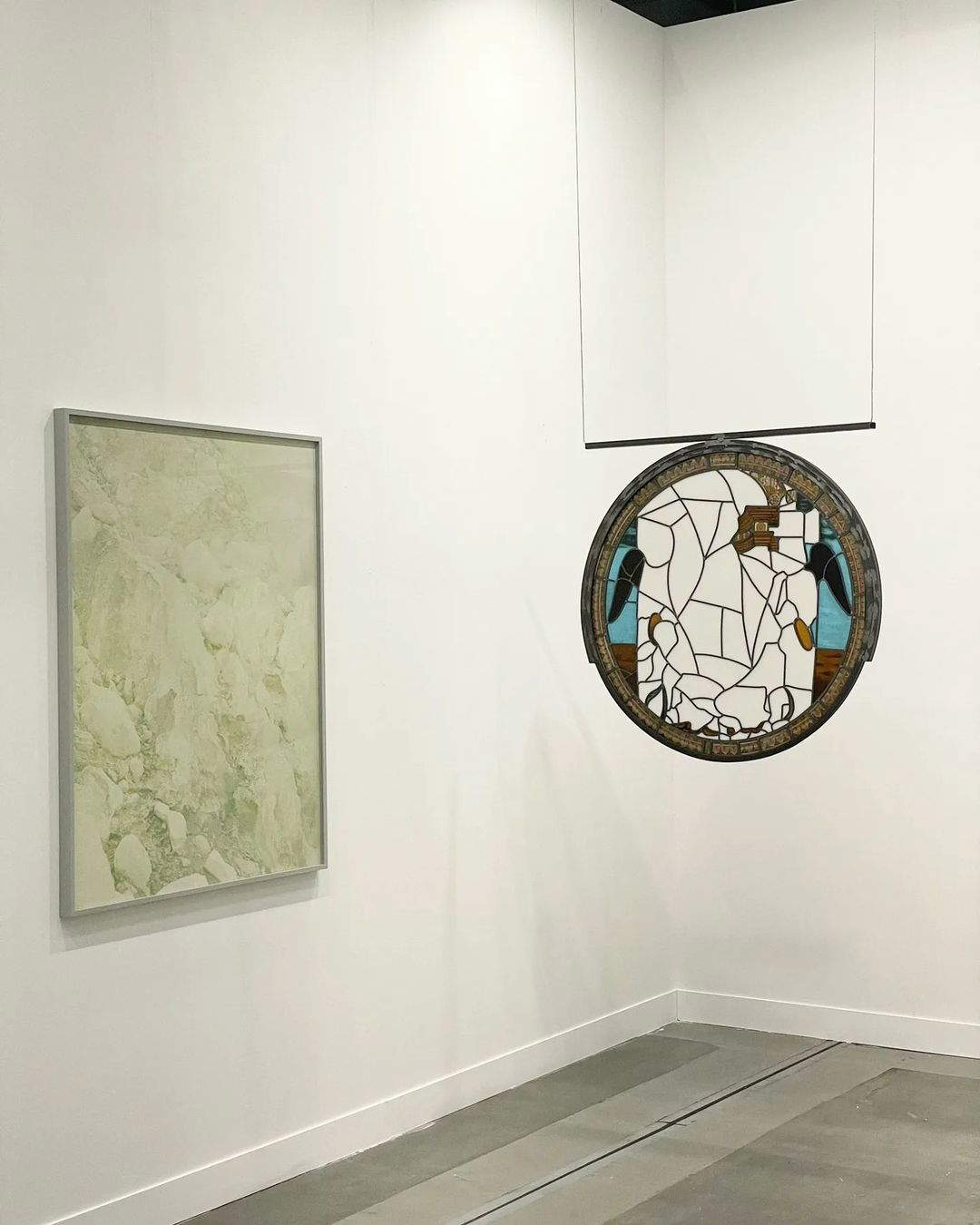
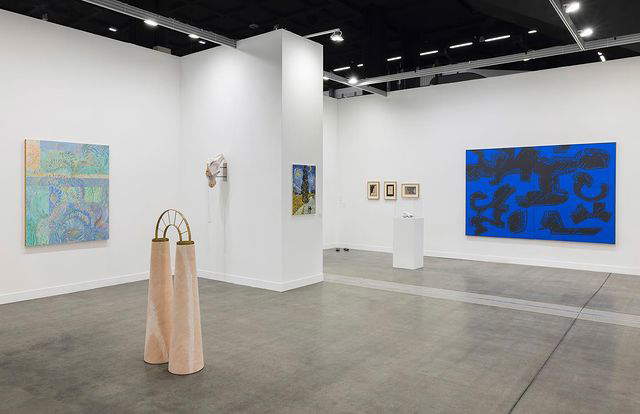

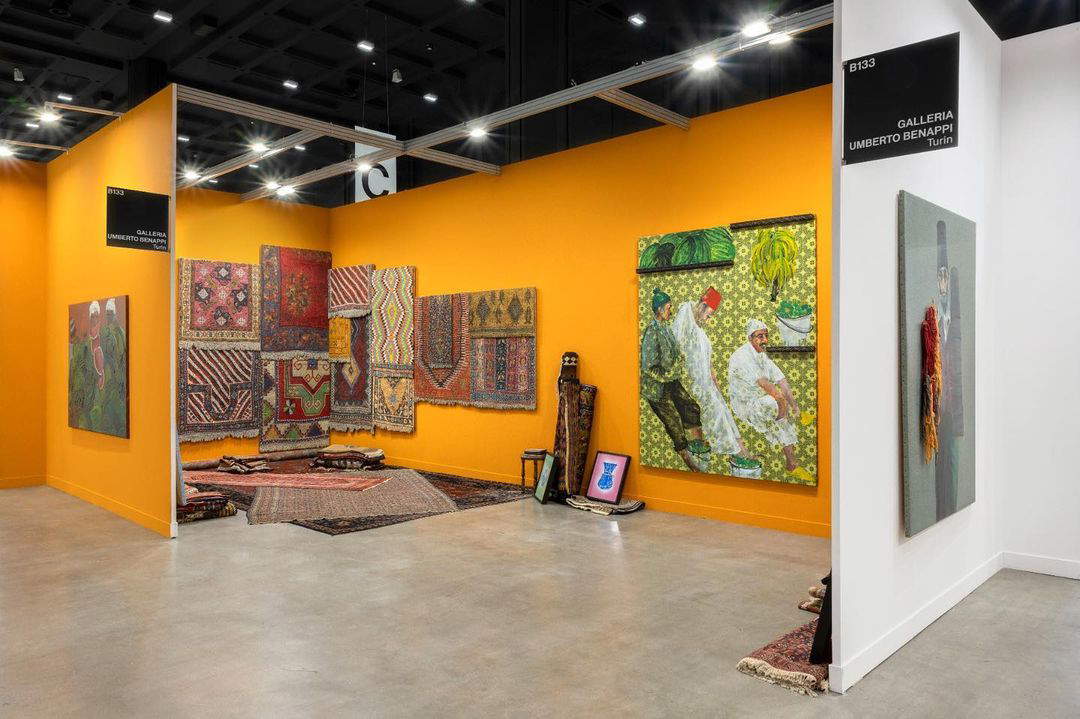
Warning: the translation into English of the original Italian article was created using automatic tools. We undertake to review all articles, but we do not guarantee the total absence of inaccuracies in the translation due to the program. You can find the original by clicking on the ITA button. If you find any mistake,please contact us.